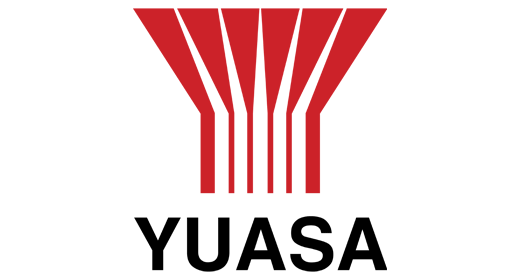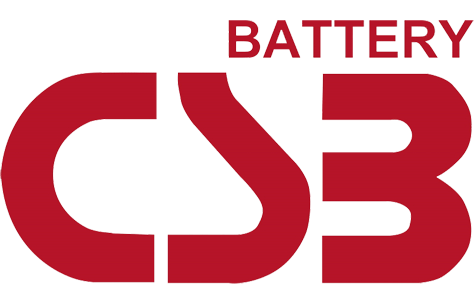Is Your UPS Engineer Zero Or Hero?
Over the last couple of decades, technological trends in UPS development have had a significant impact on their size, availability, maintainability and resilience to failure. Despite fundamentally performing the same job, the UPS systems of old are hardly recognisable against their now smaller, smarter counterparts.
As with most things these changes have been driven by demand. Advancements in technology and innovation across all industries and sectors has resulted in an ever-increasing reliance on consistent, clean energy.
The UK’s unpredictable ageing electrical infrastructure has been well documented for years, with power reliability a major concern. The need for fail-safe backup power solutions therefore has become an increasing requirement, with greater pressure being applied to UPS manufacturers to design and deliver progressively reliable and robust solutions to help ease the problem.
Fast forward to present day, where the booming market trend for Internet of Things (IoT) devices is once again changing the market landscape, making it more apparent that the need for units capable of supporting critical equipment and applications is at an all-time high, not only for most businesses and organisations but also in the home.

The Growth of the UPS Industry
The UPS industry is now big business. Worldwide estimates predict it will be worth approximately 18 billion GBP by 2030 (source: marketresearchfuture.com) as we see an increase towards its uptake in Tier 2 cities (those with a population ranging from 50,000 to 100,000) and also emerging businesses within Tier 3 (population of between 20,000 to 49,999).
So how has this technological explosion affected the internal workings of the UPS industry, in particular those that are responsible for servicing it? The shift in manufacturing has resulted in engineering now being carried out on a modular level rather than at a component one, so has the industry reached the point where engineers have become almost redundant? Surely the technology driven monitoring and diagnostics equipment now in use counteracts the dependency on human skills? To answer these questions, we decided to take a look at how the industry has changed through time in a little more detail, and how this ultimately affects the engineering landscape.
Stepping Back In Time
In its original form a UPS system design typically included a transformer to boost the inverter output to a level that was compatible with the requirement of the critical load. Advancements in semiconductor technology eliminated the output transformer, reducing both UPS size and weight whilst improving energy efficiency. These smaller, lighter units gave rise to the concept of modular design; with multiple modules located in a rack system rather than as a single larger standalone unit. This approach offered a smaller footprint, greater availability, flexibility, manageability and scalability throughout the lifetime of the UPS.
Another significant benefit of the modular system is that it allows for redundant capacity, eliminating single points of failure. If one of the modules fails the others will continue to operate, fully supporting the critical load. Repairs can therefore be carried out swiftly by a process known as ‘hot swapping’, where the failed module is replaced without causing any interruption to normal operating conditions.
The growth in technological applications across the sectors also led to a shift in how UPS systems were viewed, recognising them as items of industrial equipment rather than as just IT products. This led to a number of legislative changes and an increase in equipment safety requirements. The improved modular design characteristics reduced the Mean Time To Repair (MTTR), increasing system resilience and overall availability. Components became far more reliable and the overall lifetime of the UPS improved due to better airflow design.
Present Day
Nowadays, the main system improvements are concerned with energy efficiency and energy storage that support political ‘green’ initiatives while also allowing for maximum Return On Investment (ROI). Bidirectional rectifiers enable functions that allow the UPS to peak-shave or buffer energy, allowing this to be fed back to the utility mains supply. These features provide enhanced benefit when combined with modern energy storage technologies such as lithium batteries, which are quicker to charge and can have double or triple the number of cycles of a normal lead acid battery.
The other major change is in the way the UPS interfaces with the world around it. As the volume of IoT devices grows and more that become connected to one another, there has been a shift towards implementing systems capable of extracting information to monitor and manage the UPS unit. Building sensors, transmitters and connectivity into the UPS solution allowing it to communicate remotely with a cloud-based monitoring centre; logging data and sending alarms that inform not only on the health of the UPS but also the environment it is protecting. End users are then able to access this information online to address any potential failure problems that may affect the system when it is needed the most.
One example of this are manufacturer network management cards that provide direct communications with UPS systems. Network management cards give you the ability to manage UPS performance, monitor multiple UPS, solve network problems and expand the network connection - all on a remote basis.
The Engineer’s Role
It is without doubt that the improvements in design over the decades have led to increasingly efficient systems. Where at one time it would typically take an engineer six hours to repair an in-situ standalone system, repair of a failed module is less labour intensive, takes less time and can be achieved in approximately half an hour for a single phase UPS by simply ‘hot-swapping’ its replacement.
While there is infinitely less requirement for engineers to spend large amounts of time on site conducting repairs at a component level, there is a much greater requirement for them to have a thorough and in-depth understanding of the diagnostic systems employed across the current spectrum of modular units on the market.
The move away from ‘fixing’ problems to ‘preventing’ them is now key. The requirement to provide protection on demand has never been greater. Thankfully, most facility owners and managers recognise the cost to bottom line profits if they fail to protect equipment when power outages or power quality issues occur. There is also, now, an accepted understanding that guaranteed power protection takes more than just the hardware. Preventative servicing and maintenance programs are fundamental to a failsafe system and regular inspections of batteries and key components ensure that problems can be dealt with and resolved before unit failure occurs.
Aside from the above, engineers also need to ensure they stay abreast of the latest technical advancements in the industry; to ensure they are able to design and install the most appropriate UPS system for the application and also to provide the customer with the most cost-effective solution to protect their critical loads and equipment.
This level of technical expertise is far superior to that which was originally required of a UPS engineer and is without doubt set to continue building, due to the larger volume of applications and security systems that are becoming integrated into our daily lives.
The question of whether UPS engineers are becoming redundant therefore has a very simple answer, and that is no. Their role has undoubtedly changed, in some ways it is almost unrecognisable from what it used to be many years ago however fundamentally our engineers remain the unsung heroes of any power protection strategy. They are there to advise, there to protect, there to maintain, to prevent and when needed to fix but they are there ………. and they will remain.
Secure Power has been providing critical power solutions for over a decade and has earned an industry wide reputation for delivering first class backup power services. With preventative maintenance at the core of its business, Secure Power has its own team of engineers, available nationwide, 24/7. The company offers a wide range of UPS end-to-end project management solutions alongside ongoing maintenance and service works, battery testing, removal and relocation. For more information about Secure Power’s backup power protection services please get in touch with a member of our team on 0800-080-3118.














